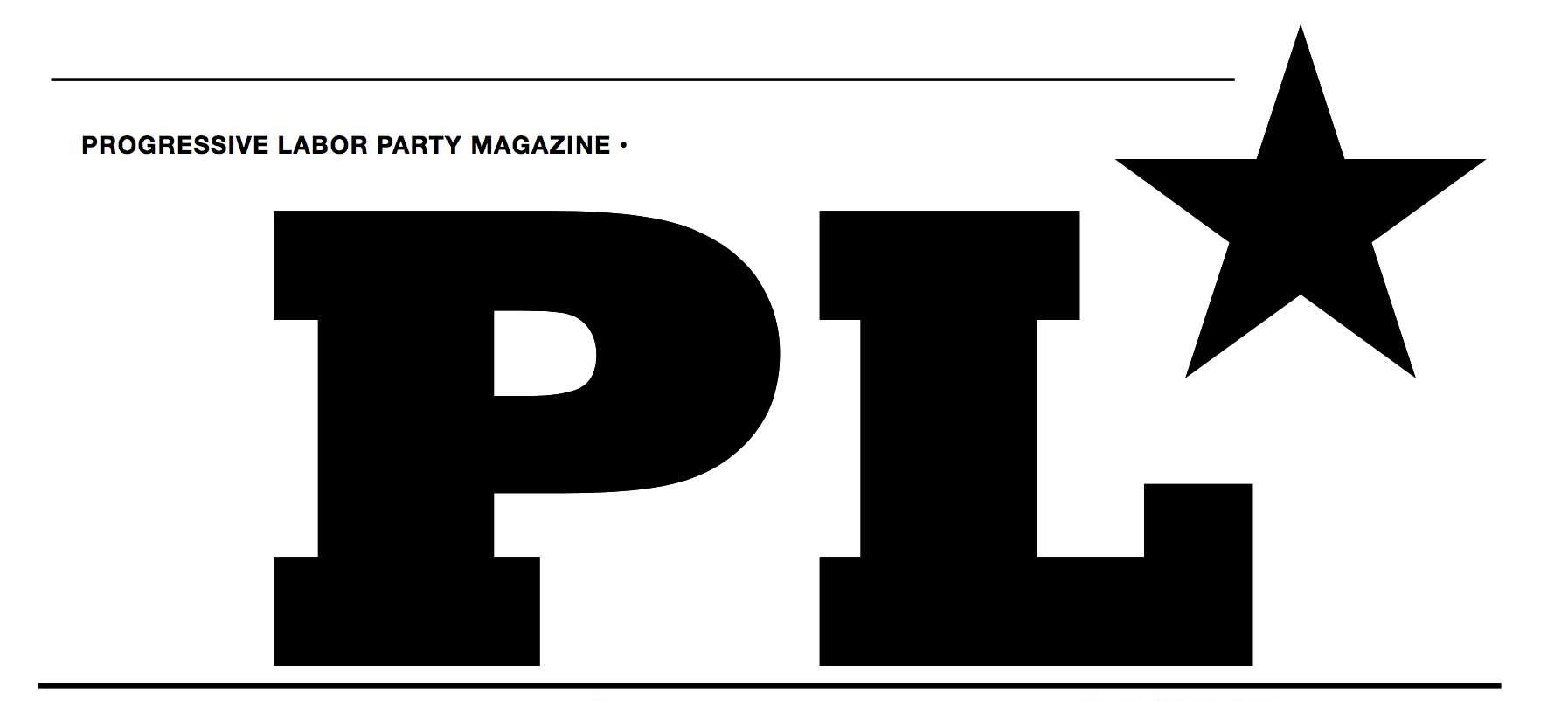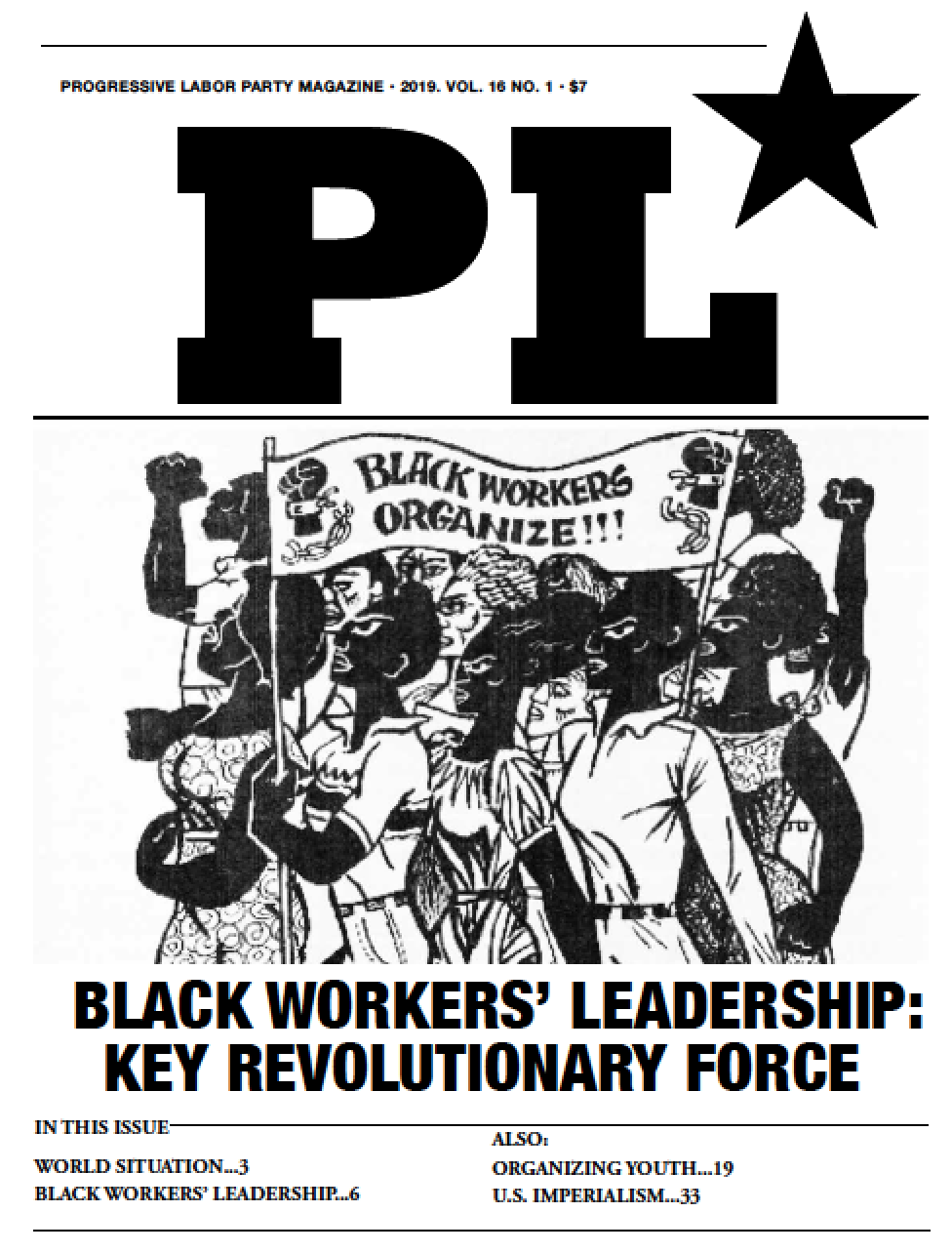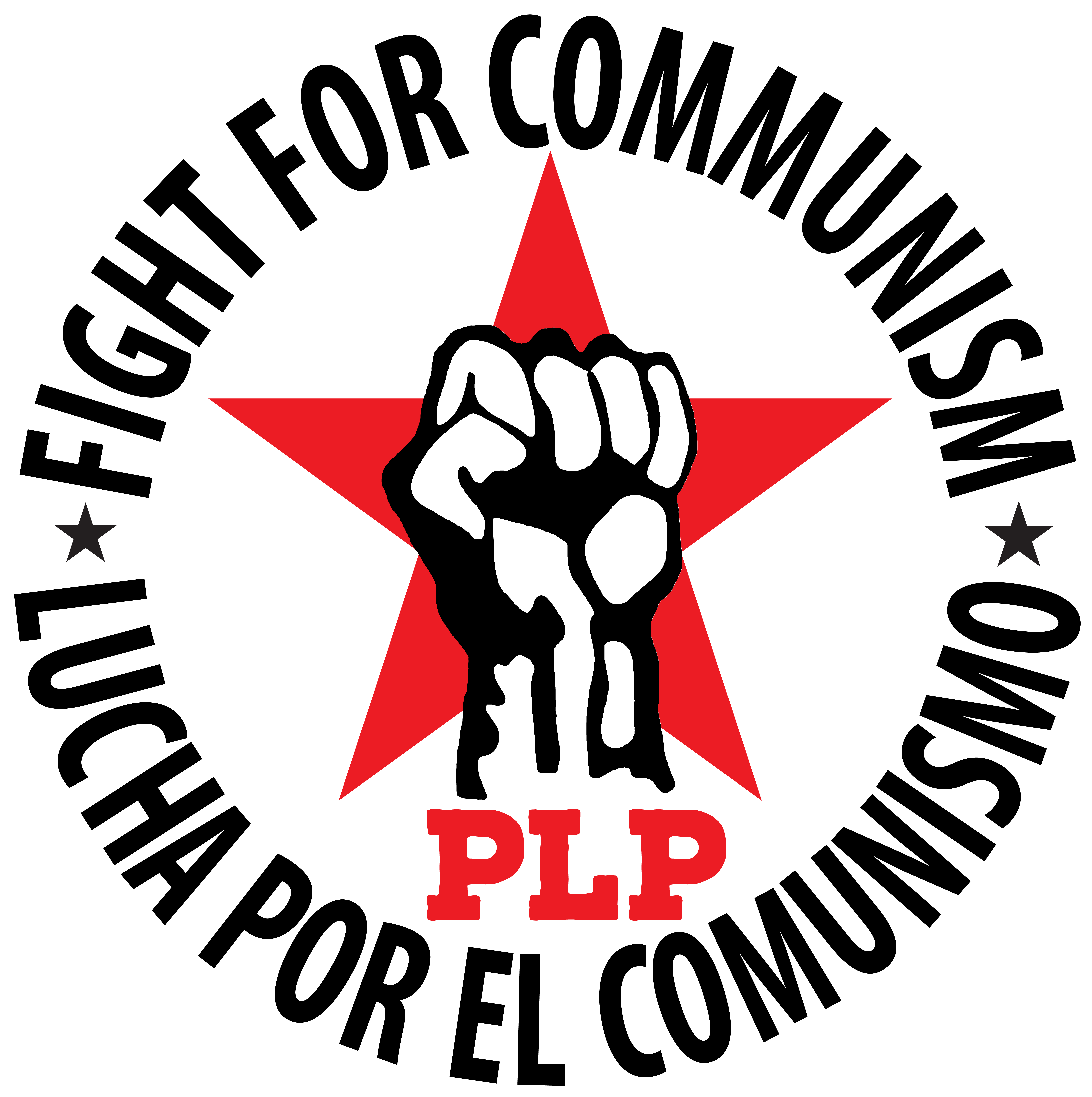History: The Flint sit-down strike against General Motors
 Saturday, December 22, 2018 at 4:14PM
Saturday, December 22, 2018 at 4:14PM The sit-down strike and occupation of the General Motors’(GM) Fisher Body plant No. 1 in Flint, Michigan, for 44 days and nights — from December 30, 1936 to February 11, 1937 — demonstrated the power of workers in the basic industries, a central outlook of the three-year-old Progressive Labor Movement, that later inspired the Progressive Labor Party.
A sit-down strike occupies the means of production, preventing the bosses’ use of scabs to resume operations and is harder to attack than an outside picket line. Any company frontal assault would endanger millions of dollars’ worth of machinery. While not a revolutionary act, Flint sit-down was completely controlled by the rank-and-file, although the press and GM labeled it as “Soviet-style tyranny.” GM CEO Alfred Sloan called it “revolutionary in its dangers and implications,” possibly because communists played a central role in its organization and leadership.
The city of Flint was company-controlled — the mayor, city manager, police chief, and judges were GM stockholders, company officials or both. To combat union organizers, GM hired the infamous Pinkertons (a private police force bosses used to infiltrate unions, keep strikers out of plants,that recruit goons, and protect scabs).They also had ties to the U.S. Justice Department and Navy Intelligence. It organized the Black Legion, a terrorist group that beat, tarred, feathered and murdered active unionists — all this to protect Flint, the nerve center of GM’s world auto empire.
Three-fourths of GM’s cars were dependent on the chassis produced in Flint. 80 percent of the city’s population was directly dependent on GM for a living. The workers suffered the most intense speed-up on GM’s assembly lines, often unable to climb the stairs when they got home. The workers were determined to slow down the line and smash the open shop. During the Great Depression, with millions unemployed, the company using the threat of layoffs to enforce its speed-up. Flint became a driving force to establish an industrial union called the United Auto Workers (UAW) that included thousands of unskilled and skilled workers, a rarity in unions at that time.
What did the strike demonstrate?
It was against this backdrop that workers bravely fought for union recognition, a 30-hour work-week, time and one-half for overtime, abolition of piece work and slowing down the line. They organized the most effective strike apparatus ever seen, completely controlled by the rank-and-file. A mass meeting elected a stewards committee and a strike strategy committee of seven, six of whom were communists.
The strike not only demonstrated the ablity of workers to halt and seize production, it exhibited many instances of working class leadership militancy through organizing, that included:
The creation of rank-and-file committees that governed food distribution, security, information, sanitation and health, a “kangaroo court,” entertainment, education and athletics.
Two mass meetings of 1,200 — the supreme body — were held daily. Every worker served six hours duty — on three, off nine in every 24 hours.
A Special Patrol of 65 workers that formed part of a security committee carried out 35-minute inspection everyday and every hour, to check on any problems, “rumors,” and disruptions.
Daily cleanup’s occurred as dozens of workers moved through the plant in waves, leaving it spic and span.
Strikers’ children were hoisted through the windows to visit their fathers.
Labor history and writing classes were organized.
Charlie Chaplin donated his film “Modern Times” for workers’ viewing.
A “Living Newspaper” was established for workers to act out the events of the day.
Women workers and strikers’ wives constituted Brigades armed with 2x4clubs to guard the plant from the outside against police attacks and potential assault by the National Guard.
‘We have only one life’
To capture Chevy Plant No. 4 (which assembled 1,000,000 Chevrolets a year), workers planned brilliant military maneuvers, where they feint attacks on two other Chevy Plant’s (Plant’s No. 9 No. 6), drawing company guards scrambling there, which left Chevy Plant No.4 unprotected, and free to capture by strikers. Soon after the 14,000 workers from the newly seized plant joined the sit-down. After the victorious takeover it was not long before the National Guard surrounded the plants, and waged war on workers attacking them with tear gas. Amid the chaos and blinding clouds of tear gas one worker, a UAW leader, named Joe Sayen addressed a crowd of equally courageous workers:
We want the whole world to understand what we are fighting for. We are fighting for freedom and life and liberty...What if we should be defeated? What if we should be killed? We have only one life.That’s all we can lose and we might as well die like heroes than like slaves.
The effect on the working class
Nevertheless the workers fightback proved too costly for the bosses. After a decisive battle, GM–fearing destruction of its machinery– surrendered, especially when 40,000 workers from four nearby states marched into Flint and surrounded the struck plants, ready to defend the sit-downers. This inspiring feat which was once deemed “impossible” by the leader of GM’s security thugs (a Hitler-sympathizer), shook the bosses, and their goons to the core.
Despite the bosses railings and weak attempts to undermine worker’s power. The workers won union recognition for the CIO’s United Auto Workers, for the 40-hour work week (which led to weekends off for tens of millions of U.S. workers), overtime pay and a slowing-down of the assembly-line speed-up. In its wake the strike had an electrifying effect on the working class. In less than two weeks, 30,000 workers staged sit-in’s in a variety of industries. U.S. Steel, the world’s largest steelmaker, and General Electric saw the handwriting on the wall and signed up with CIO unions — without a strike. Women in the million-dollar Woolworth chain were sitting in. Within the next four years, five million industrial workers had joined the CIO. Industrial unions were born.
The role of communists
Communists in the Communist Party U.S.A played a fundamental role. As historians noted, “Had it not been for the Communists, there is serious doubt that the forces of industrial unionism would have lived through this period.” However, the CP failed to link this huge reform struggle to the need to win workers to the real solution: revolution. It did not expose the relationship of state power to the ruling class and fostered illusions about government being some “neutral” institution in the battle between classes. It did not explain the class nature of the law. The CP essentially backed Roosevelt in the 1936 presidential election, even though it ran its own candidate.
While trade unions are a defensive weapon for workers. Historically, any reforms workers win are eventually taken away by the rulers’ state power and government control.Capitalism is a worldwide phenomenon. Reform victories like these are undercut by capitalists moving their plants to low-wage areas. Today GM produces more cars in China than in the U.S., not to mention the U.S. auto industry’s presence in South Africa, Vietnam and Eastern Europe.
The only answer to this contradiction is overthrowing capitalism — along with its government — a profit system which always exploits workers wherever it can, pitting one group against another.As one striker remarked as he left the Flint plant, “The first victory is ours. But the war is not over.”





 Progressive Labor Party (PLP) fights to destroy capitalism and the dictatorship of the capitalist class. We organize workers, soldiers and youth into a revolutionary movement for communism.
Progressive Labor Party (PLP) fights to destroy capitalism and the dictatorship of the capitalist class. We organize workers, soldiers and youth into a revolutionary movement for communism.




Reader Comments